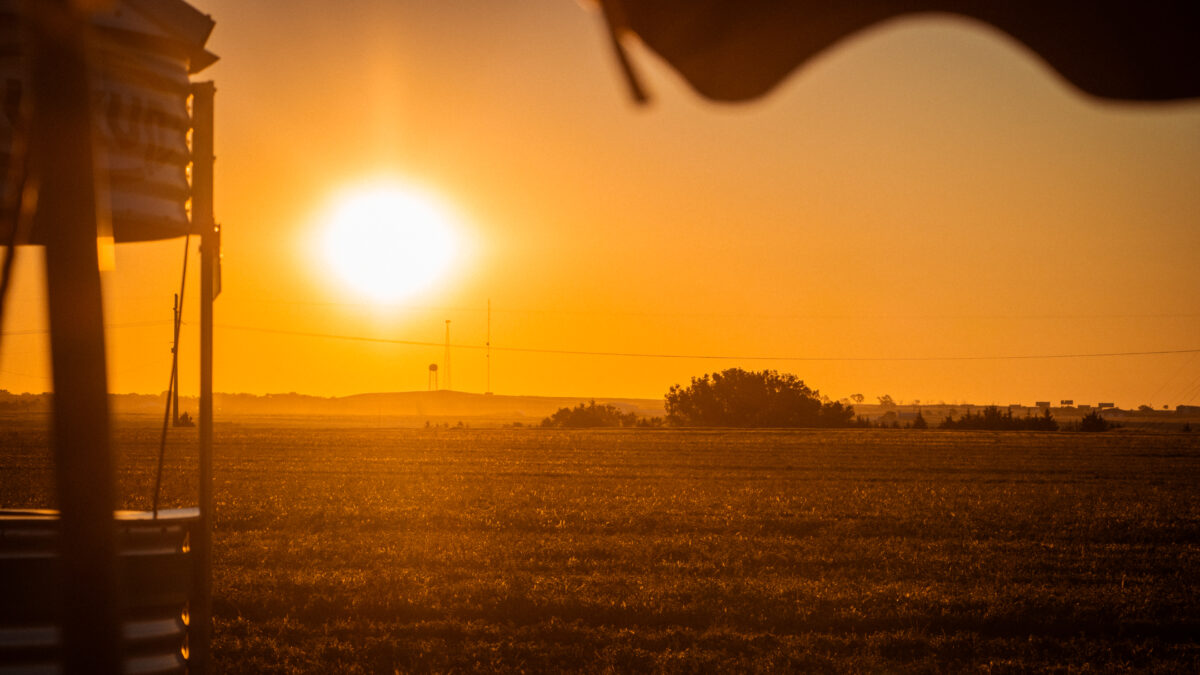The Future of Paper Calendars
Kim Baldwin

photo credit: AFBF Photo, Dylan Davidson
One of my annual routines to kick off a new year is to replace our big family calendar that is posted in our mudroom and begin filling it out. Our local insurance agent provides the huge month-at-a-glance calendar every December and it’s one of the first things I give my attention to at the start of the year.
While my family keeps a shared digital calendar we can edit and refer to on our phones, computers, watches and tablets, our big paper calendar posted on the wall also serves an important role.
My parents and grandparents always had multiple paper calendars on display in their homes. These calendars were never purchased but gifted prior to Christmas from some of the local businesses my family frequented.
I often reflect on how the processes and procedures utilized by my parents and grandparents impact how I operate today.
It was always exciting to flip through the calendars provided to us by our feedstore, bank, local livestock sale barn and insurance agency to see either the landscapes of nature or funny farm and ranch cartoons that had been put together in a monthly sequence.
Every bathroom and bedroom wall had a calendar on display and there was always at least one calendar posted in the garage. Our farm truck also had a small calendar stuck either to the dashboard or the driver’s side sun visor annually. But the most important calendar was always posted in the kitchen within reach of the wall-mounted landline telephone.
That kitchen calendar was half the size of my current behemoth of a month-at-a-glance calendar, but it was always able to clearly contain all of the important information added to it.
Birthdates, game schedules, meetings, 4-H and school events filled the pages of that kitchen calendar.
Aside from important upcoming dates to remember, notes would be added to that calendar throughout the year as well. Rain and snowfall totals were penciled in throughout the year. Additional notes of when the bulls were turned out with the cows, when a calf was born, when the cattle were moved to another pasture or when the first cutting of alfalfa was baled were also noted.
We always knew when we had planted our sweetcorn in our garden or when we had received our allotted irrigation water because it was always written down on that kitchen calendar.
It was truly a historical document that captured so much information during a given year. Both my parents and grandparents would file those kitchen calendars at the end of every year in a place that was easily accessible so they could make quick references or previous year comparisons.
I think back and wonder if that’s why, even in this digital age, I still keep a paper calendar in our house. While our calendar isn’t utilized the same way as when I was a kid, it is still present, referred to and edited throughout the year. However, at the end of each month, the page is removed and disposed of instead of kept and filed away.
I’ve caught myself referring to photos on my cellphone to identify the dates of previous popcorn harvests. Facebook memories help me remember the dates we started harvesting wheat in different years. An app we subscribe to quickly provides rain and snowfall totals for us.
I often reflect on how the processes and procedures utilized by my parents and grandparents impact how I operate today. As I removed the final page of my 2023 calendar and replaced it with my 2024 calendar, I wondered if my children will eventually use a displayed paper calendar in their homes based on how we utilize ours in this day and age.
Kim Baldwin is a farmer and Farm Bureau member in Kansas. She is a past president of her county Farm Bureau (McPherson) and current board member. This column was originally published as a Kansas Farm Bureau Insight column.
Top Issues
VIEW ALL